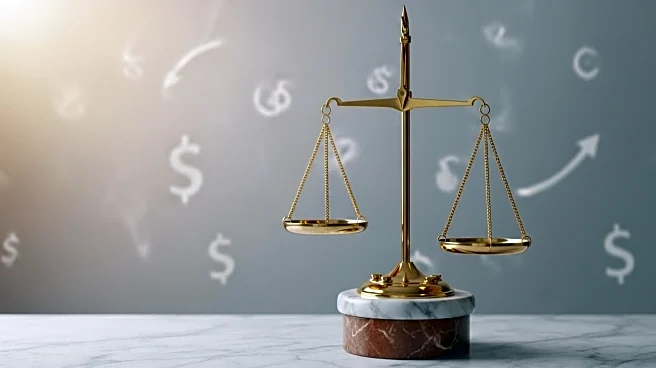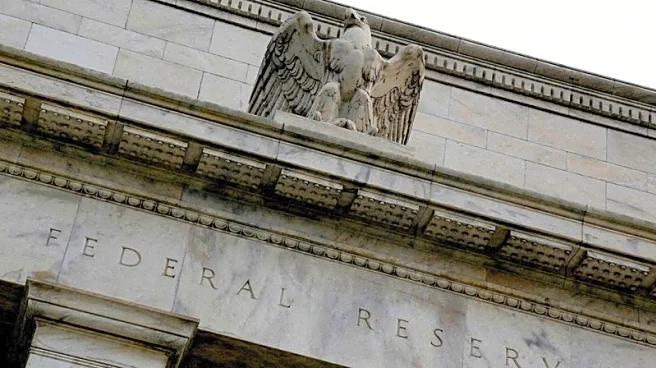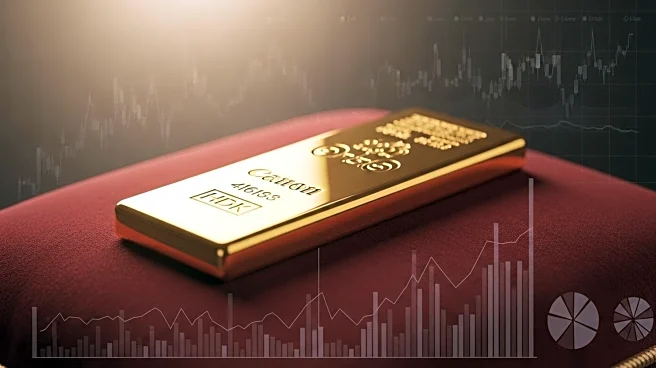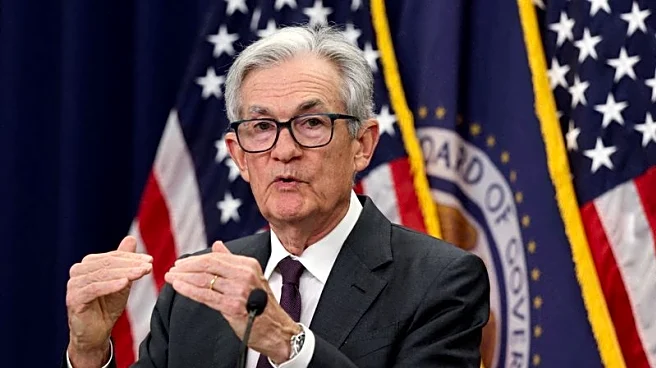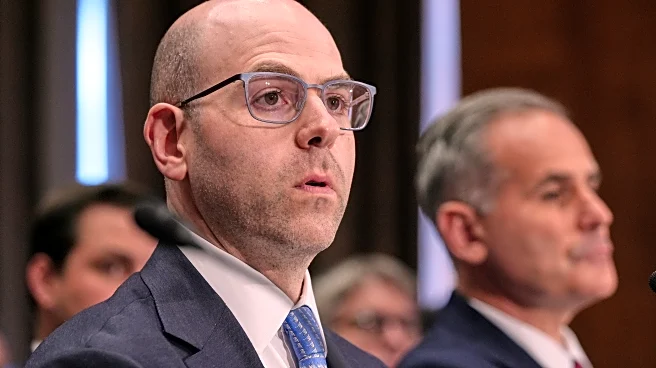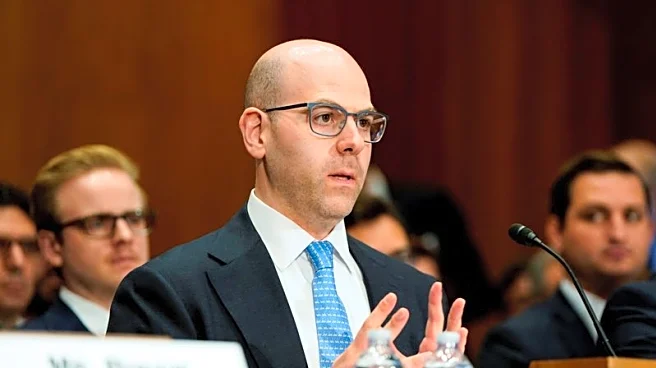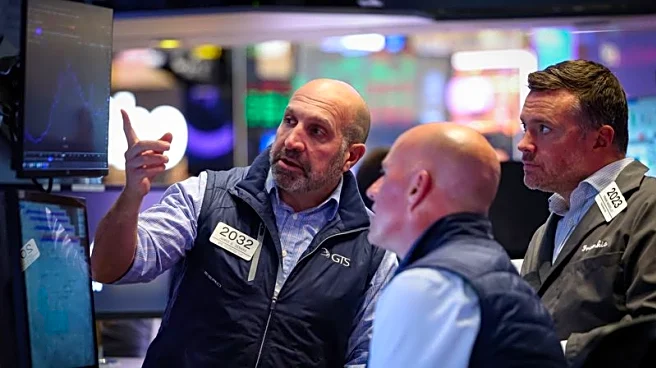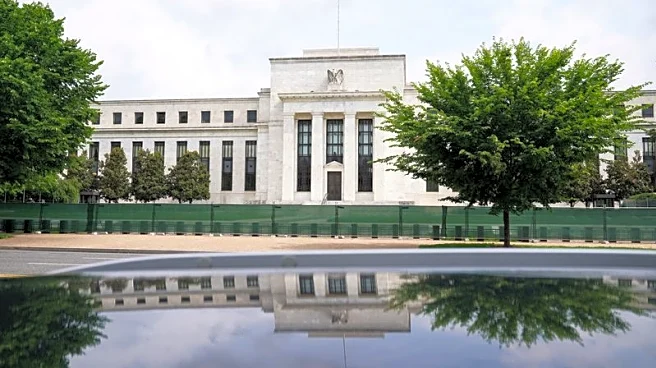What's Happening?
The autonomy of the U.S. Federal Reserve is under scrutiny as President Trump attempts to remove Fed Governor Lisa Cook on allegations of mortgage fraud. This move raises significant legal and constitutional questions about presidential authority over the central bank. The situation has contributed to a surge in gold prices, which have reached an all-time high, as investors seek safe-haven assets amidst political and economic uncertainty. The Trump administration's actions, including elevated tariffs and pressure on the Fed, have heightened fears of stagflation, further driving the demand for gold.
Why It's Important?
The potential erosion of the Federal Reserve's independence could have profound implications for U.S. monetary policy and economic stability. A politicized Fed may lead to short-term economic stimulus but could result in long-term inflationary pressures and financial instability. The situation underscores the importance of central bank independence in maintaining economic credibility and managing inflation. The rising gold prices reflect investor concerns about the stability of the U.S. dollar and the broader economic outlook, highlighting gold's role as a hedge against inflation and political risk.
What's Next?
The legal battle over Lisa Cook's removal could set a precedent for future dismissals and influence the Fed's governance structure. The Federal Open Market Committee's upcoming meeting may see further interest rate cuts, influenced by political pressures. The ongoing tensions between the White House and the Fed could lead to increased market volatility and further shifts in investor behavior towards safe-haven assets like gold.
Beyond the Headlines
The situation raises ethical and legal questions about the limits of presidential power over independent institutions. It also highlights the potential risks of using monetary policy as a tool for political gain, which could undermine the Fed's credibility and the U.S. financial system's stability. The developments may prompt a reevaluation of the balance between political influence and central bank independence in the U.S.
